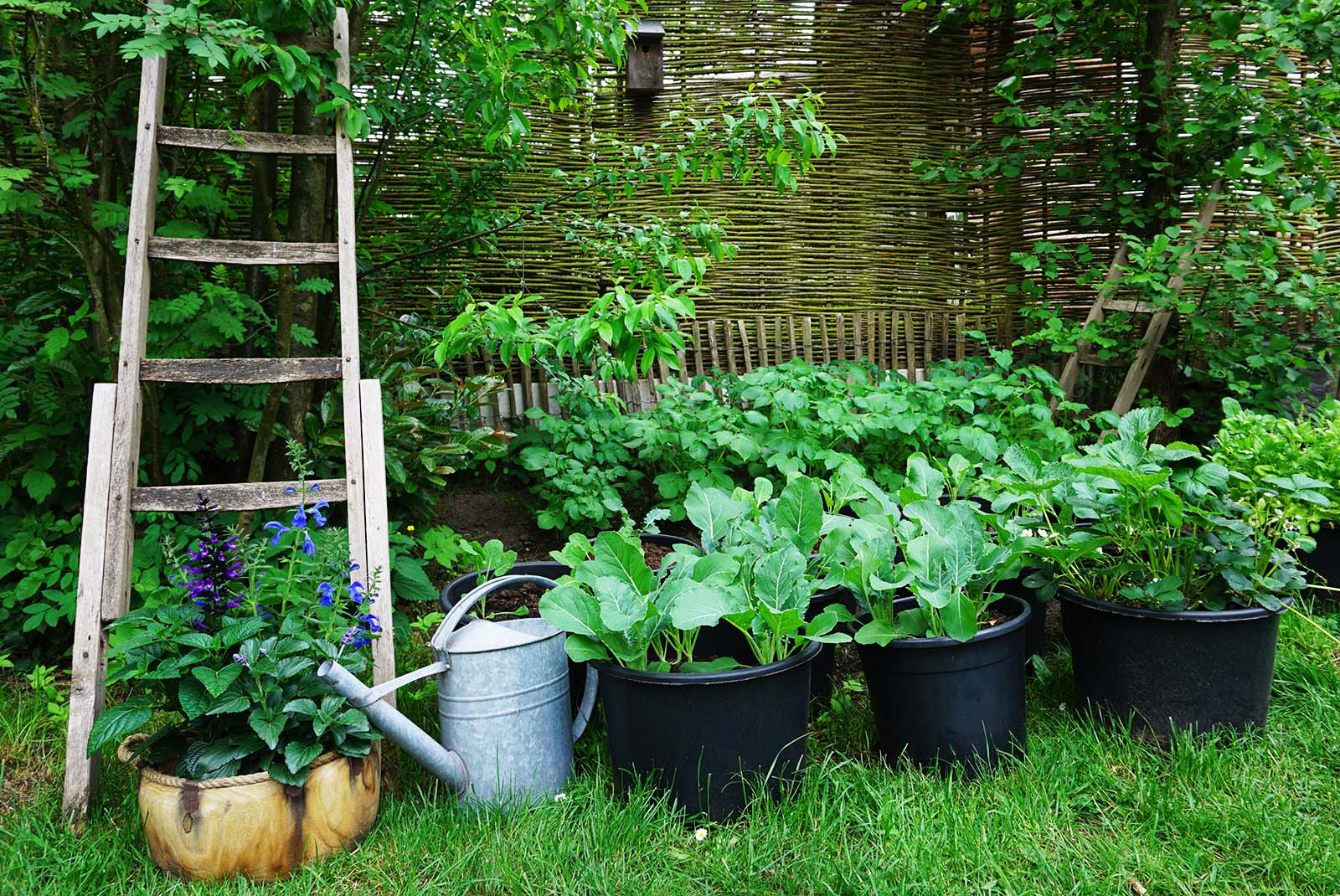©2014-2025 Penscott Management Corporation. All rights not expressly granted herein are reserved. The APO E Gene Online Program™ and the APO E Gene Program™ are part of the APO E Gene Diet®, which is a registered trademark of Penscott Corporation.
Information on this website is intended for informational purposes and is not a substitute for medical advice, diagnosis, or treatment. Learn more.
Spring is coming, and with the warmer days this can be an exciting time of the year to begin thinking about having your own home garden. Planting a garden can be healthy, wholesome and fun outdoor activity for the whole family. Children love to be outdoors and see the magic of a garden growing.
I remember my very first garden. I was a very young child, living in the South of England with my grandparents. It didn’t snow in the South, and my grandmother had a garden growing year round. The main crops I remember were strawberries, potatoes, green beans, peas, lettuce and tomatoes. The joy of growing something was very exciting to me. I remember wanting to look at the garden first thing every morning to see what had happened over night. As soon as I got home from school, I would want to see what had grown — and more importantly, what could I pick that day to eat!
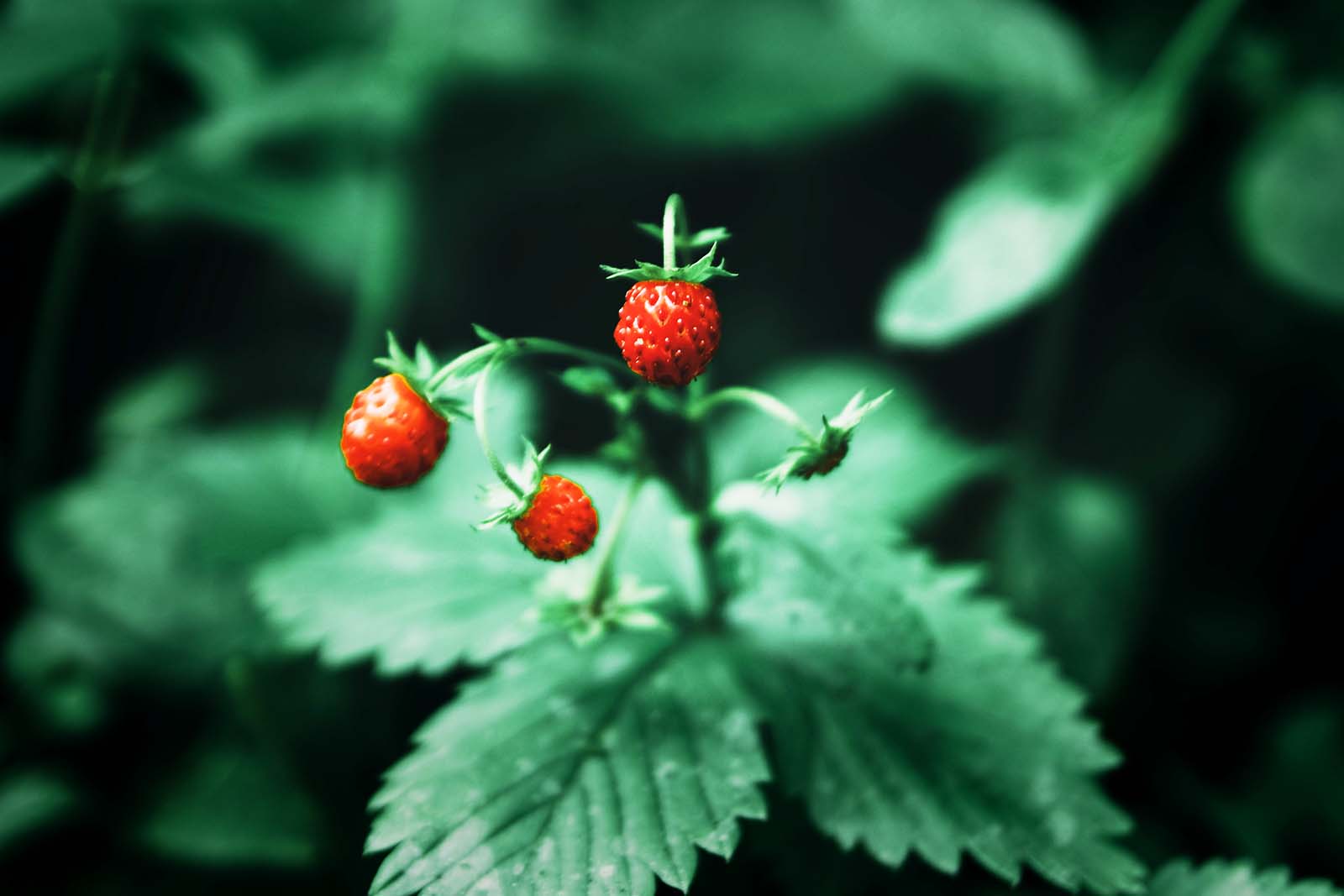
In the summer time wild berries, blackberries, strawberries and gooseberries grew in abundance. I remember the strawberries tasted like cream. Yes, cream. They were so delicious and sweet. if I close my eyes, I can even taste them now.
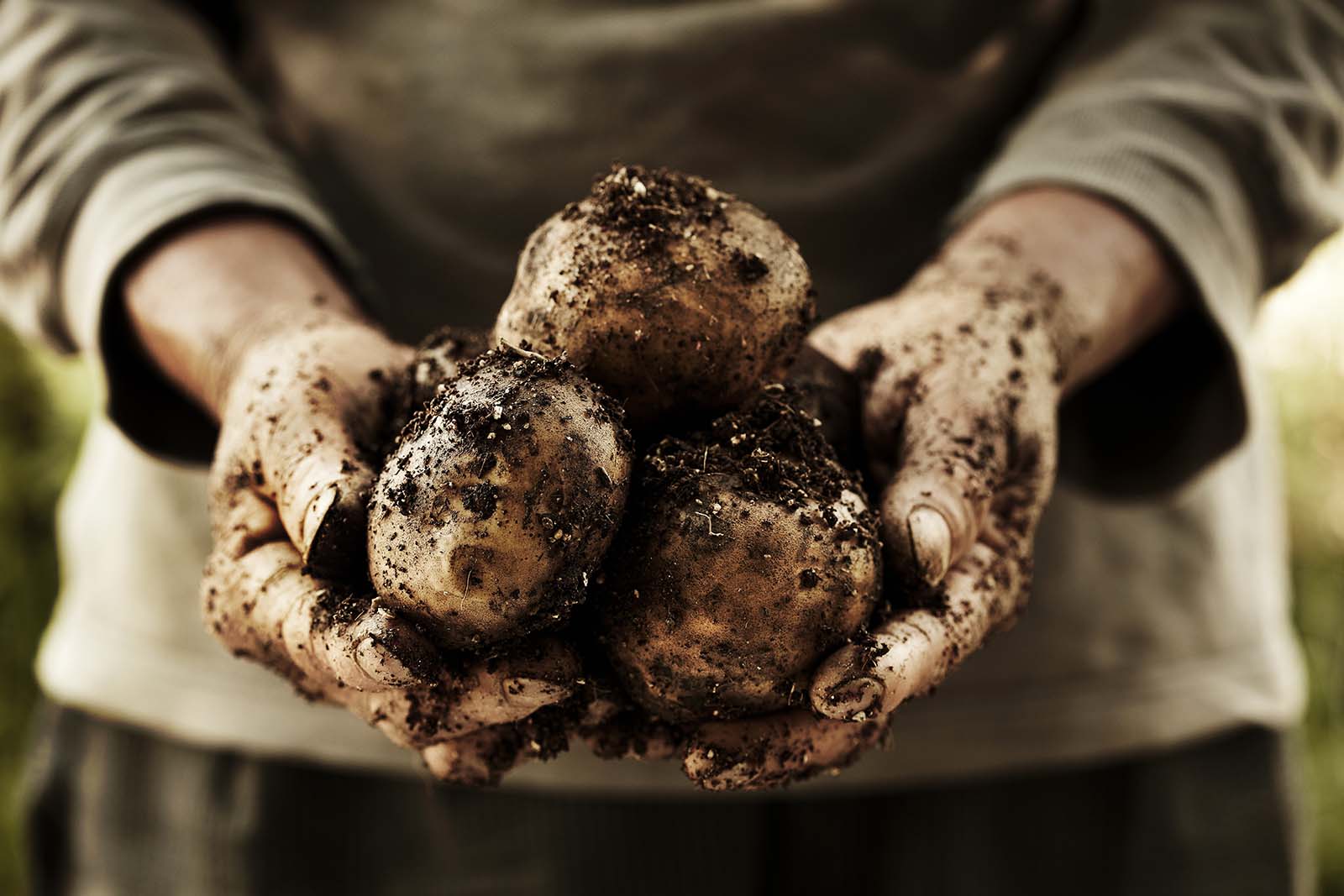
I loved the potatoes that grew in our garden. I think we ate potatoes every day — boiled potatoes, roasted potatoes. My grandmother knew I loved them, and often made boiled potatoes with butter on them for me to eat when I came home from school. Oh, what happy memories of my childhood! Of course, boiled potatoes and butter is not something I would eat today. Dairy butter being loaded as it is with inflammatory properties are definitely on the “don’t even think about it” list. But today, boiled potatoes and olive oil are a healthy alternative and delicious substitute.
Such back yard gardens were extremely popular during World War 2, because fresh food in particular was so scarce. What there was, was strictly rationed. Fruit, vegetables and eggs were often simply not available. My grandmother told me she had a chocolate wedding cake because they did not have egg white available to make the traditional white Royal Icing on their wedding cake!

During the war, the British and US governments encouraged people who were able to start a garden to grow some of the food was otherwise unavailable. These gardens were called Victory gardens and they were extremely successful, feeding not only those growing the food, but often offering fruit, vegetables and eggs to the surrounding communities.
Today, backyard gardens are becoming more popular as people are again turning to home grown fruit and vegetables, in part because of rising prices but also because the farming industry is using so many more chemicals, people want to avoid putting all those chemicals in their bodies — with good reason. They inevitably compromise our health. This is a growing concern as children today are growing up from day 1, with these toxins in their body.
And, home grown food simply tastes so much better. We tend not to realize this until we take a bite of something that has been gown in someone’s back yard. The memory of how that fruit or vegetable used to taste — to those of us who can recall those days — leaves the prospect of consuming that store bought fruit and vegetables very unappealing. Furthermore, as prices continue to rise, growing our own food can help with not just our pocket book, but also — as we will see — our immune system. So people are rolling up their sleeves and getting their hands dirty in the garden again, and I am all for it.
Nourishing the Human System with “Dirt”
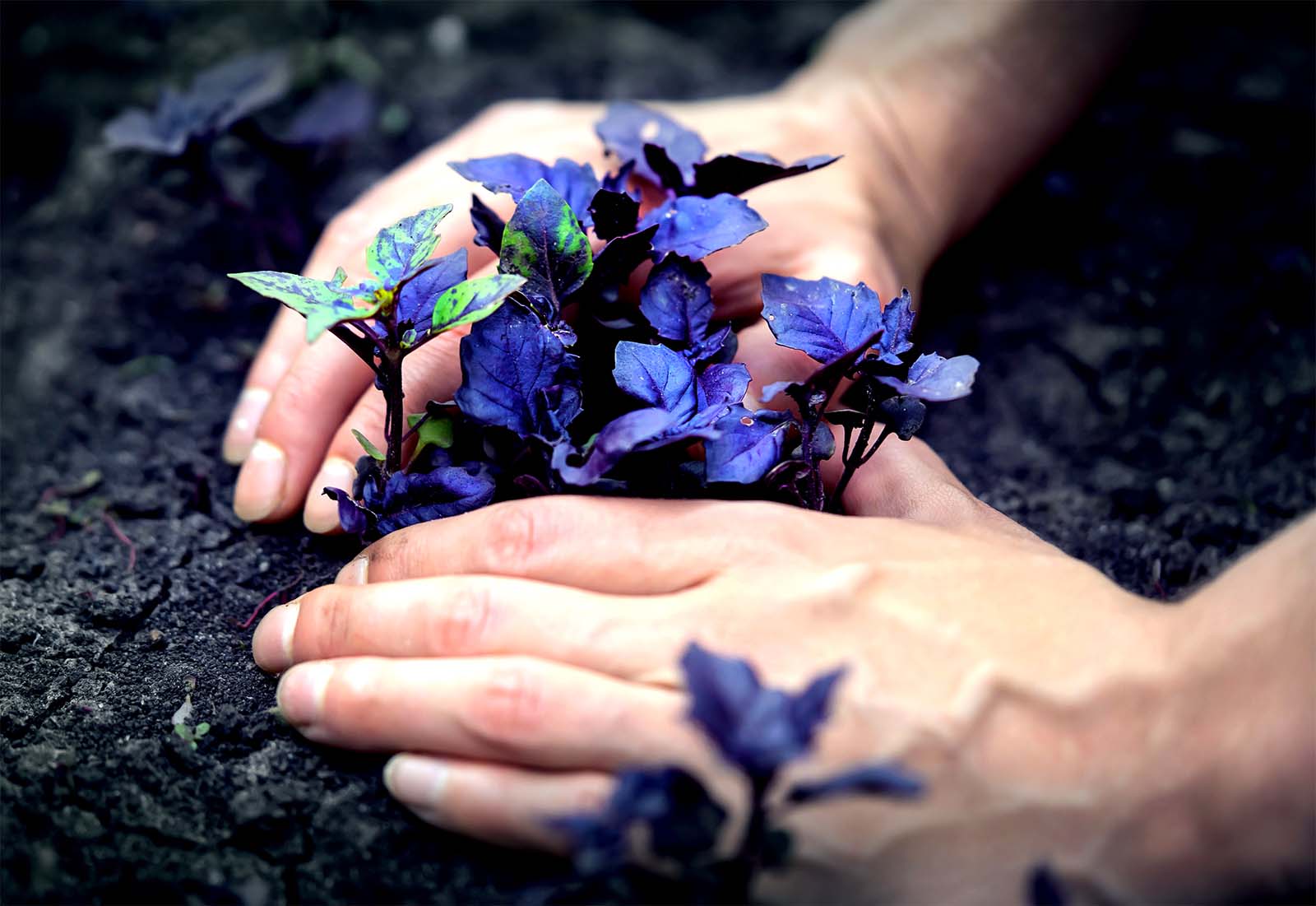
Getting your hands dirty in the garden for even a short period of time, every day, is a really good thing to do. The Earth is the fundamental basis of all life. Our body is borrowed from the Earth, and the Earth provides the food and water that nourishes it. In fact, the Earth in essential for our life. Getting you're your hands into the soil – touching soil, planting your favorite fruit or vegetables, helps re-balance the human system.
Being outdoors, breathing in the air, moving the body — is enjoyable and relaxing, even relieving anxiety and depression. To see things growing and thriving, lifts the spirit. If you are shovelling dirt, you are seriously improving endurance, strength and flexibility. Gardening has special benefits for children. Early exposure to dirt has been linked to numerous health benefits, from reducing allergies to autoimmune diseases.
True, a garden in the yard itself is perhaps ideal. You really get to dig in the soil, get a feel for the soil. But when that’s not possible, growing plants in containers can foster a connection with the life-enhancing gifts of the Earth. Whether you have a small piece of land in a garden, an apartment patio, or even space for a few potted plants in a condominium, it doesn't matter.
Indeed, a potted garden need not be a small garden. People have been incredibly creative, growing large potted gardens in small spaces. Another possibility is joining a community garden. What’s important is to tend the plants each day. Water as needed. Some plants like a fine misting. Check for any pests. Remove any weeds. Just touching and connecting with the plants and soil — appreciating their growth, their beauty — is what needs to happen.
Strengthening Your Immune System
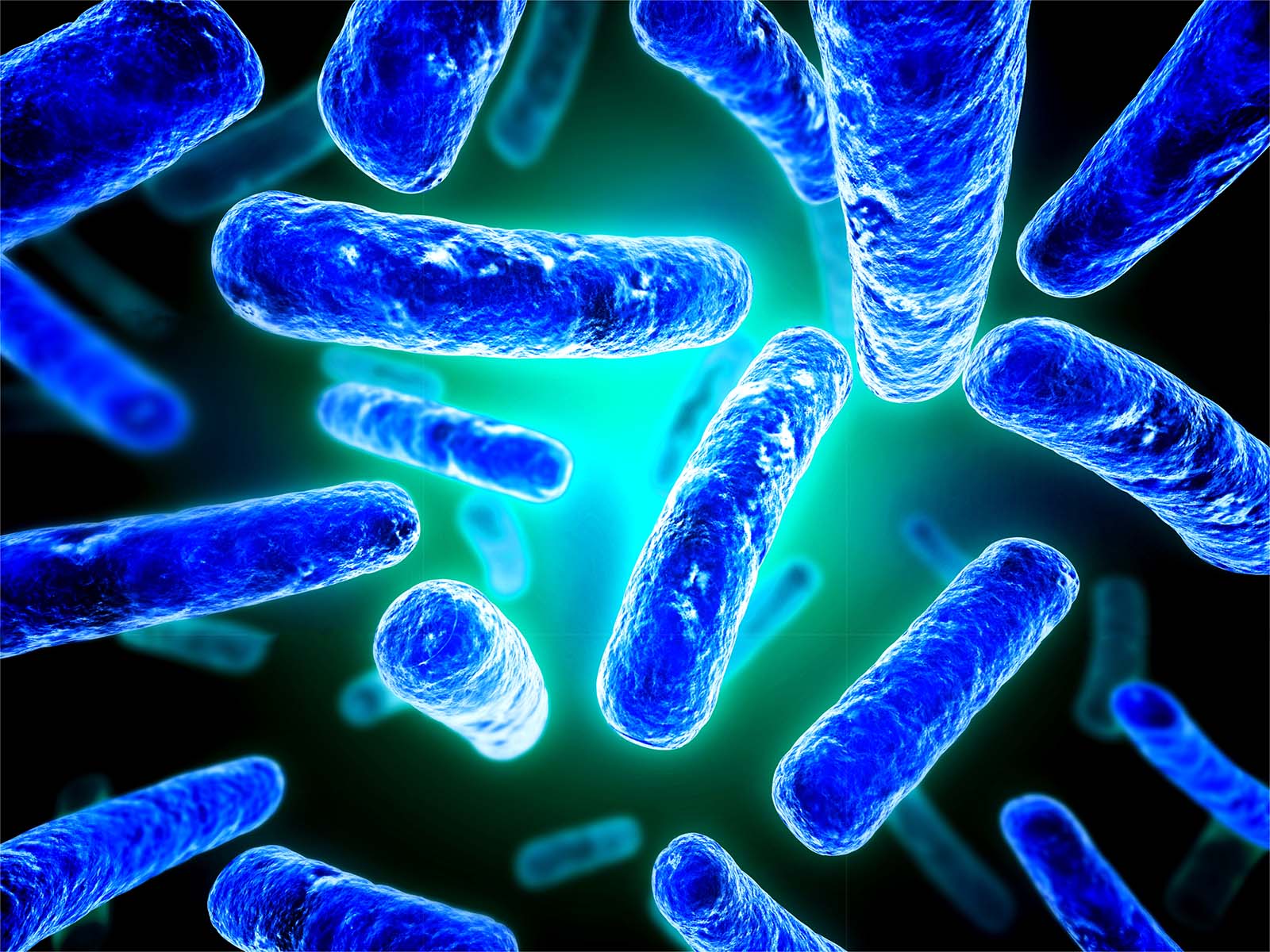
Gardening, working with the soil, strengthens your immune system and improves your health by improving your microbiome. How, and what is the microbiome, you ask?
The microbiota and microbiome (formerly called gut flora) is the name given to the microbe population living in your intestine. Your body’s microbiome is the totality of all the genes your microbiota contains. Colloquially the two terms are often used interchangeably to name all the bacteria, viruses, and fungi that live both inside our body and on our skin. Each individual’s microbiome is as unique to them, as are their fingerprints.
This microbiome, or community of microbes — fungi, viruses, bacteria — acts together both with and within a specific environment. Microbiome are present in the soil, the ocean — as well as our own gut, our very personal and immediate environment. They are directly responsible for the health of the environment they inhabit, with a key role in helping the organism thwart stressors and invaders, and making it overall more resilient.
Our health is not only impacted by the activity of the microbes in our guts, but also on the microbes we ingest, primarily in the form of plant crops from the soil. The same molecules are used for the health of a plant in soil and our own gut. Gut microbes produce enzymes that help us digest food, breaking it down into essential nutrients. They strengthen our immune system, and produce anti-inflammatory compounds.
When the soil microbiome is healthy and in balance it directly, positively, affects the health of the plants that grow in it and protects them from drought or pests, for example. A growing body of research is monitoring how the chemicals used in producing crops, are poisoning soil and all the life supported by it. Microbes in the soil are disappearing, the soil and its plants suffer; and so does our health, as we take in significantly fewer, and fewer types, of tiny organisms into our gut microbiomes through the food we eat.
Working with the soil on a daily basis and getting your hands dirty will help to improve your microbiome, improve your immune system, and your health. In addition, research is now discovering how a healthy microbiome can support a person weight loss. A healthy immune system is always a very positive thing, and especially so during these times of spreading virus. So let’s get started.
Getting Started

Grow organic. I’m assuming that you are not going to spray chemicals on your plants or search out GMO seeds. Knowing what the farming industry is doing with chemicals these days, even if you grow only a small percentage of what you consume, it all helps. And a little may inspire you to grow more.
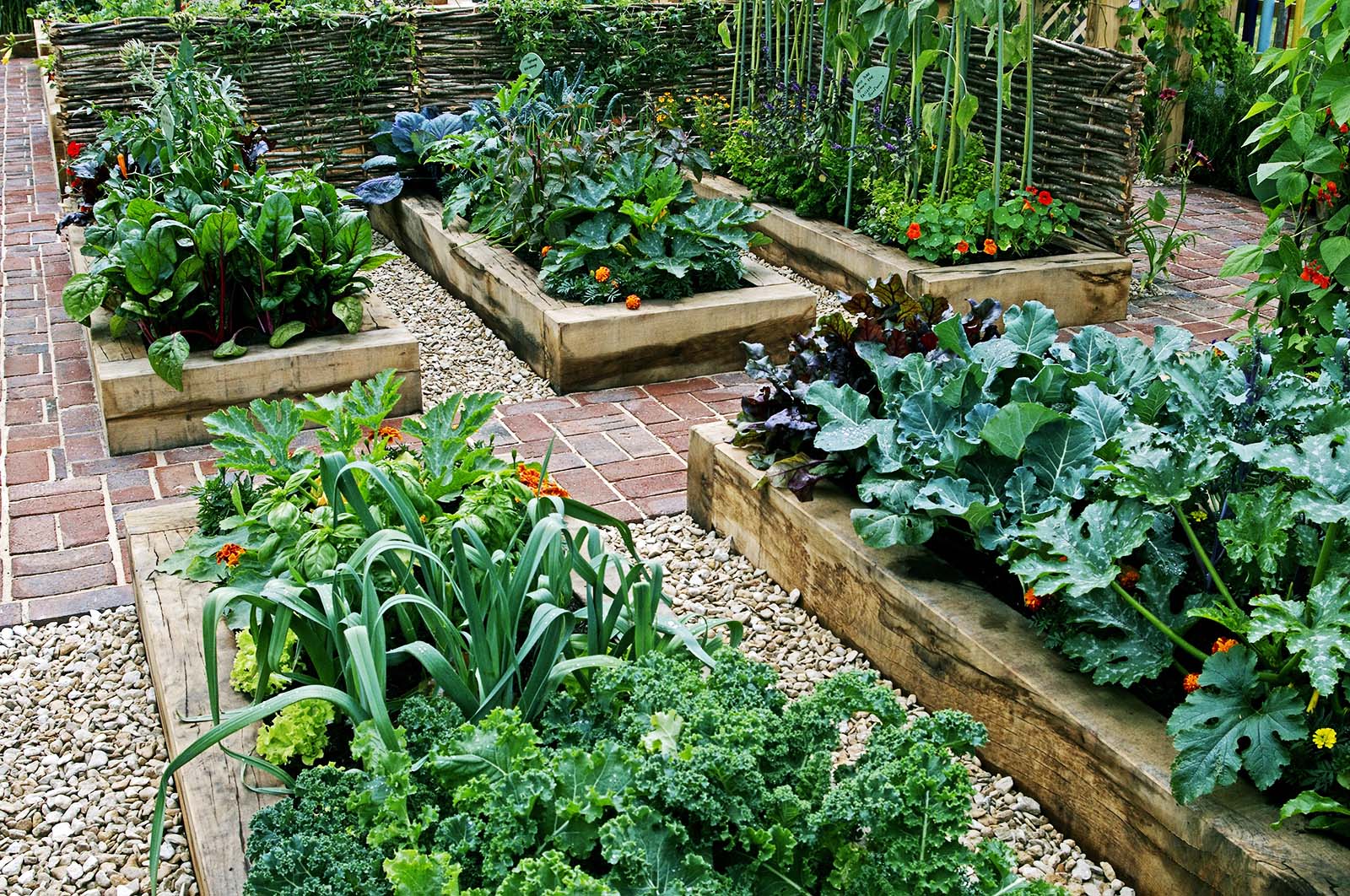
Step 1: Gather information. There are a huge range of books, online content and videos on how to establish a backyard, patio, or container garden. Get inspired by spending time at your local nursery, exploring the possibilities, talking to those tending the plants. Perhaps neighbors, friends, or family members have experiences to share.
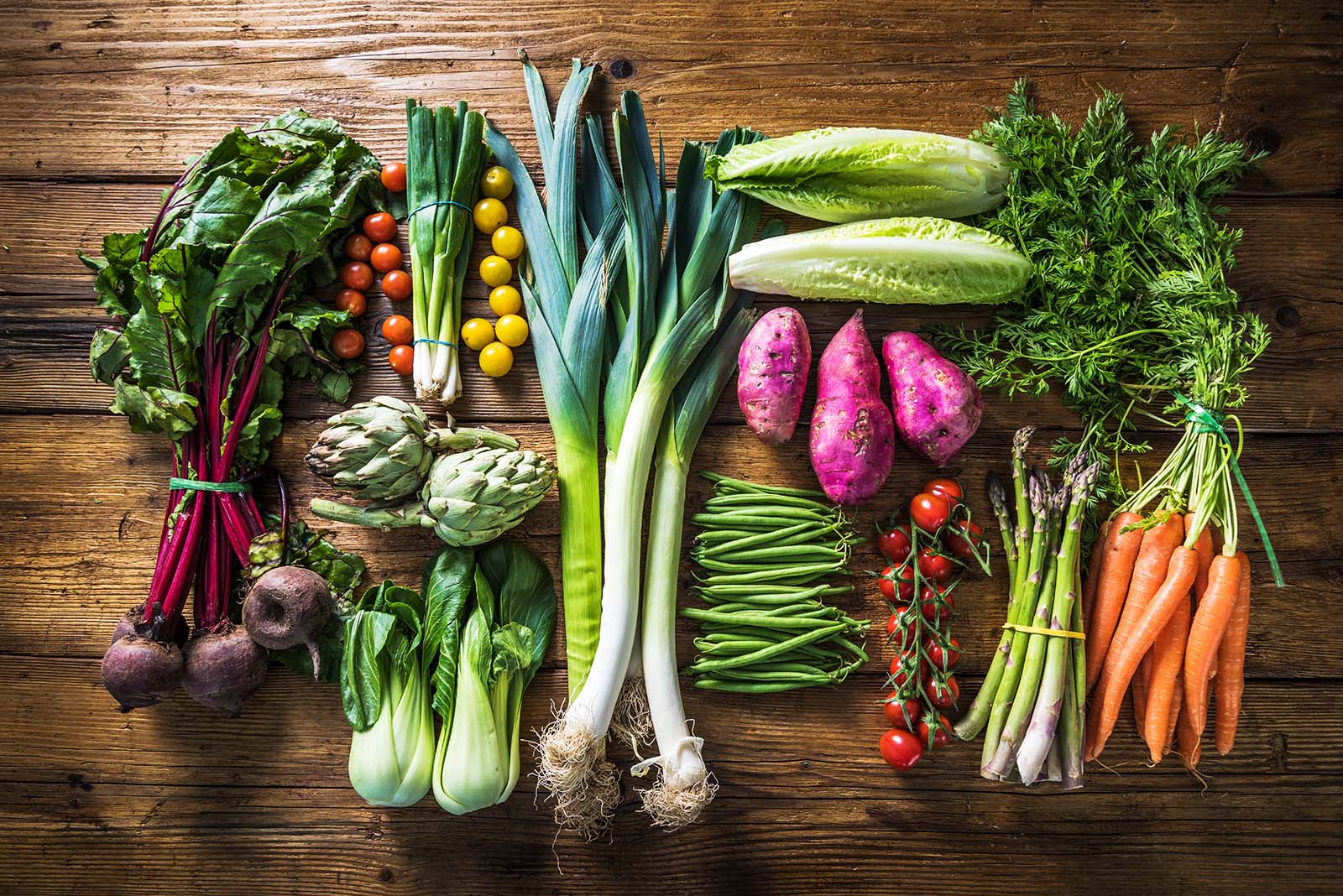
Step 2 – Decide what you want to grow. Perhaps you can grow some of your favorite vegetables or herbs, a fruit – lettuce, tomatoes, potatoes, carrots, green beans squash. Herbs such as parsley, basil, cilantro, rosemary, neem leaves, or maybe some fresh mint. Small fruit trees — lemons, oranges, berries — look beautiful on a patio, or at your front door.
Step 3 - Gather the seeds, seedling or plants you want to grow. Again, be sure your seeds are organic and not GMO. Make sure you consider how big those plants will grow, and how much sunlight and water they will need.
Step 4 – Select the area of land. be sure it gets the needed sun exposure; or the containers you want to grow your plants in. If containers, you have a huge range of choices and sizes.
- Clay pots
- Ceramic pots
- Wooden planters
- Metal containers – maybe an old metal garbage can.
A Few Good Tools

Step 5 - Consider buying a few good gardening tools. They are not essential, but very useful. Suggestions include:
- Shovel
- Hand trowel (the one I use most)
- Small digging fork
- Rake
Your Soil
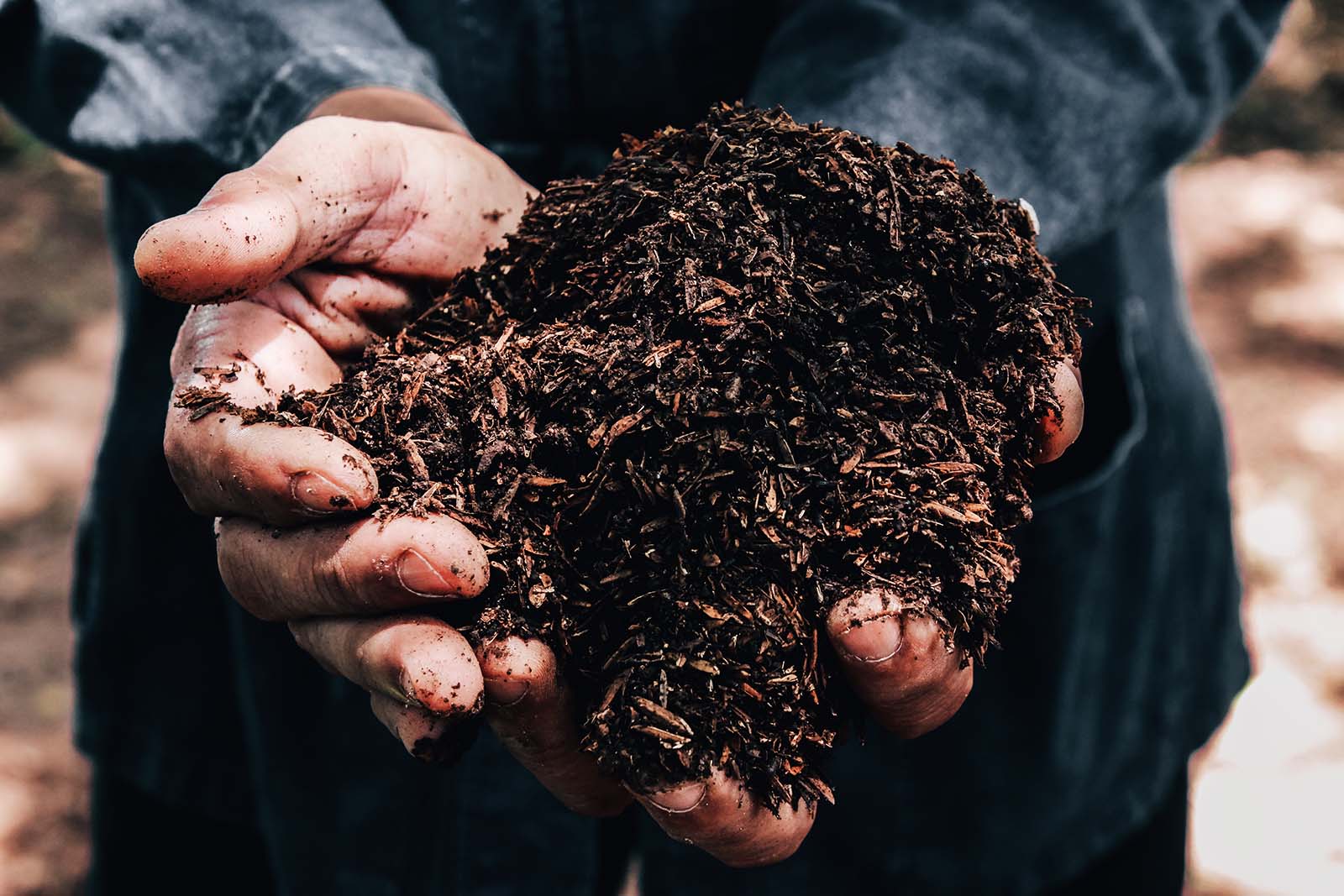
Step 6 – Sourcing the soil. The quick and easy way is to buy some organic soil. If funds are tight, and if its allowed, go into an area where healthy soil is located — maybe the local forest or woodlands — and fill a few buckets of local soil.
Composting allows those with the time and ambition to create their own soil. It can feel good knowing your food scraps and left overs are going to good use, rather than the local dump. And very satisfying when you finally spade the compost out and onto the selected area. Composting ensures that you get what you need and want, and nothing you don’t want. The huge variety of compost bins available today make this a relatively clean, efficient and rewarding — as well as productive — undertaking. A far cry from the composting methods of my grandparents’ days.
Step 7 - Once you have decided where, what and how you are going to grow your edible garden, the real work begins. The means to grow strong and healthy, is in the seed and plant itself. This is the wonder, the magic of gardening but tending to your plants each day, is important. Your very important role is to make sure it gets the needed sunlight, water, good soil, plant food if needed. Remember, connecting with the dirt improves your microbiome. To enhance the growth of your plants even further, you can play music, sing or speak to them. There is a huge body of research that this helps plants grow stronger and healthier. Try it, and see.
And remember, getting your hands in the dirt on a daily basis enhances your health. Perhaps you can share some of your fresh fruit and vegetables with your friends and community, inspiring them to do likewise, so improving not only your health but the health of others.
Finally, while growing plants, perhaps especially growing food, has obvious benefits and appeal, health enhancing benefits can come from a walk in a park, walking barefoot on the Earth. One way or other, connect with those microbiome.
Happy Gardening
Pam McDonald FNP
Integrative Medicine
